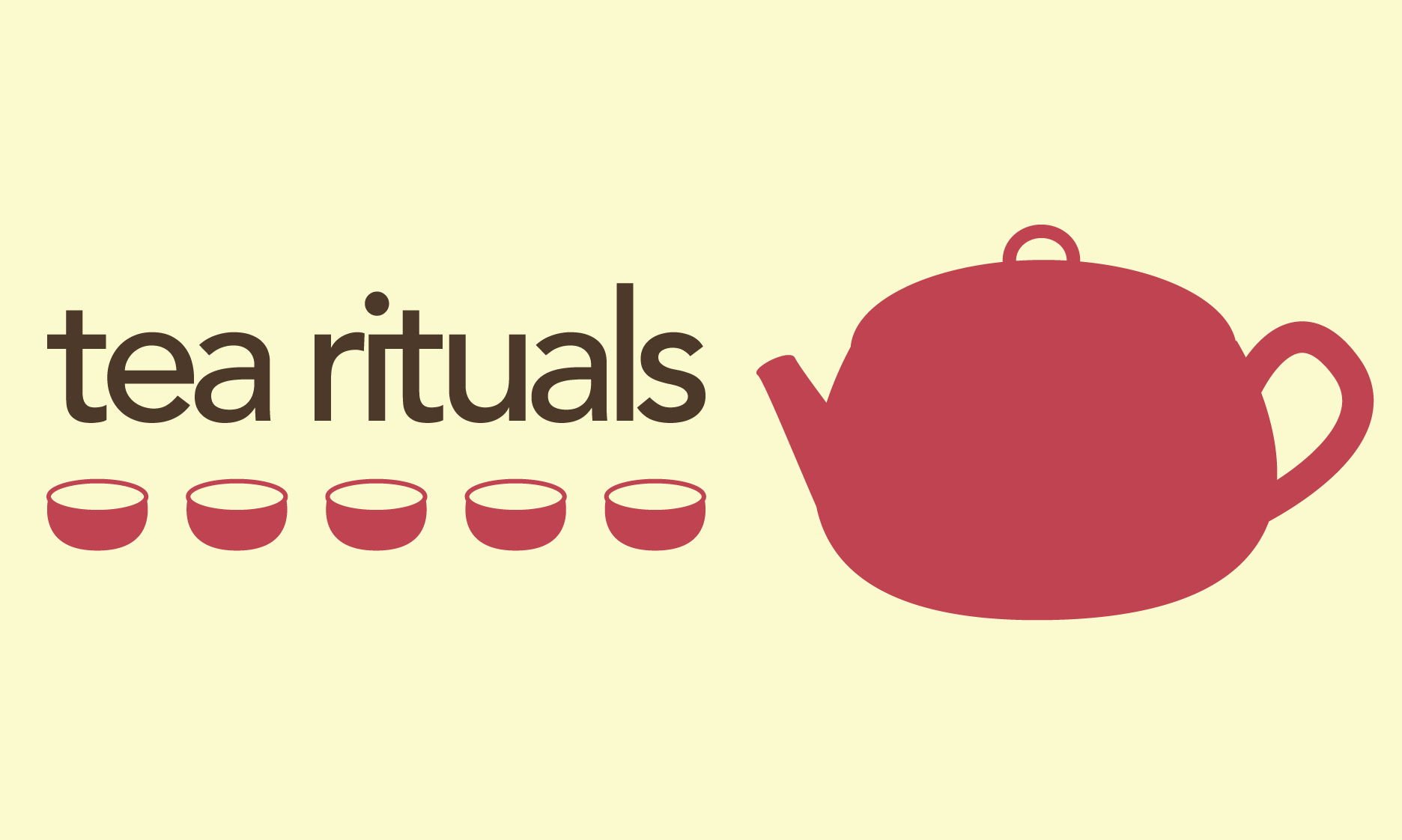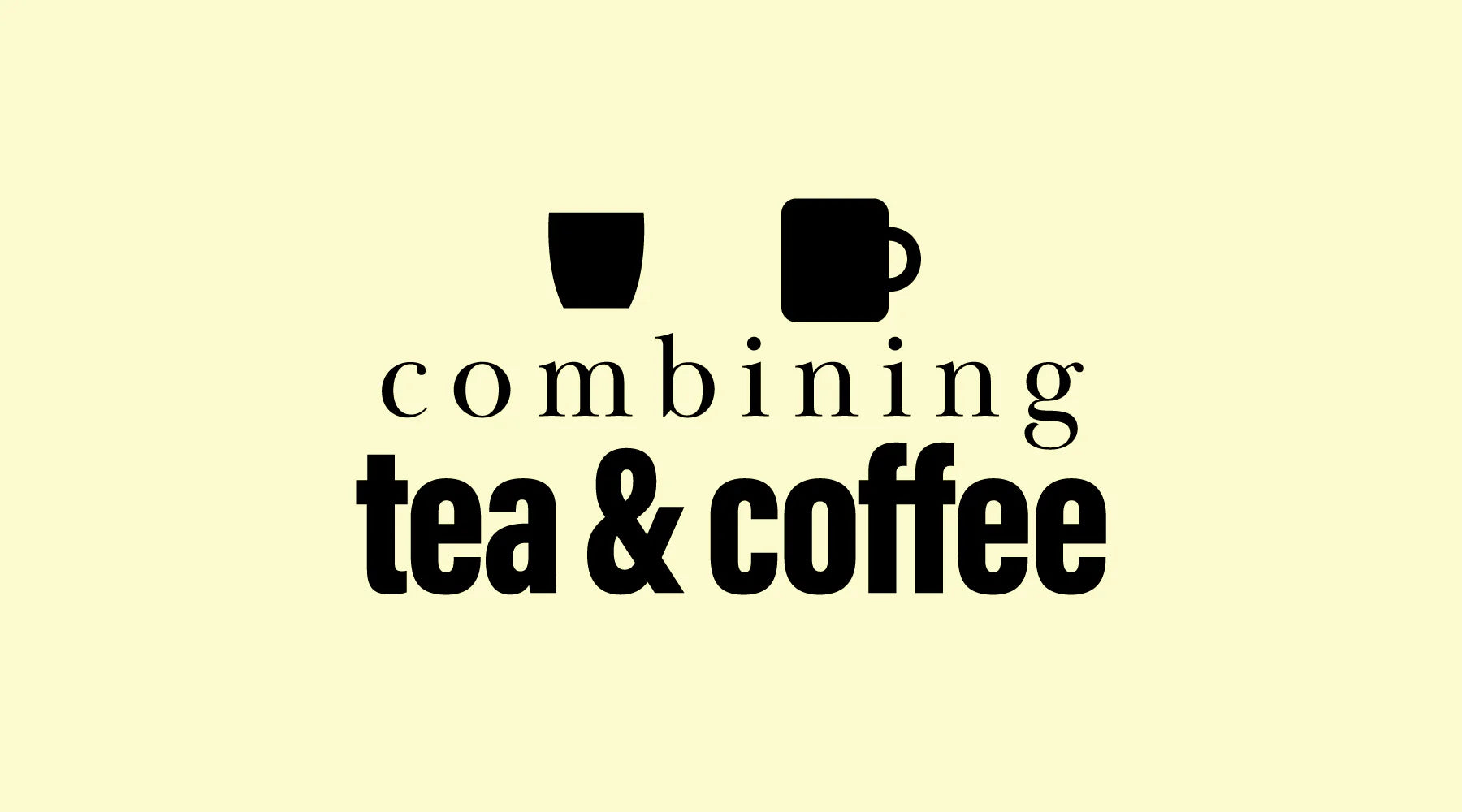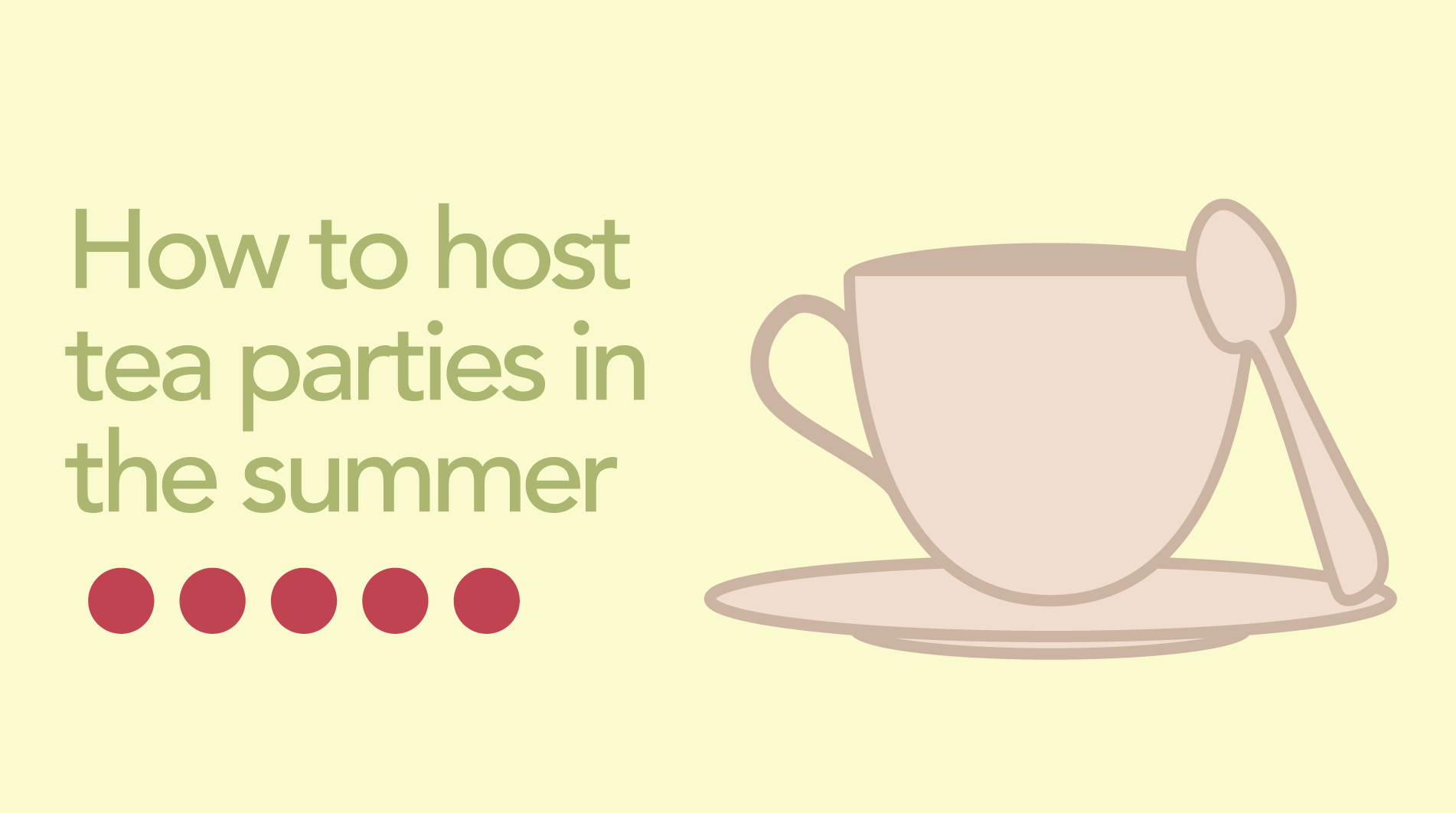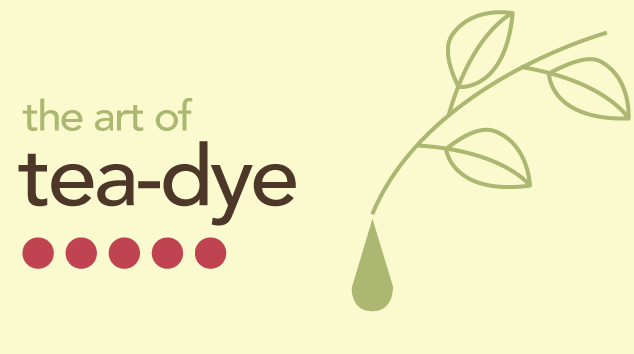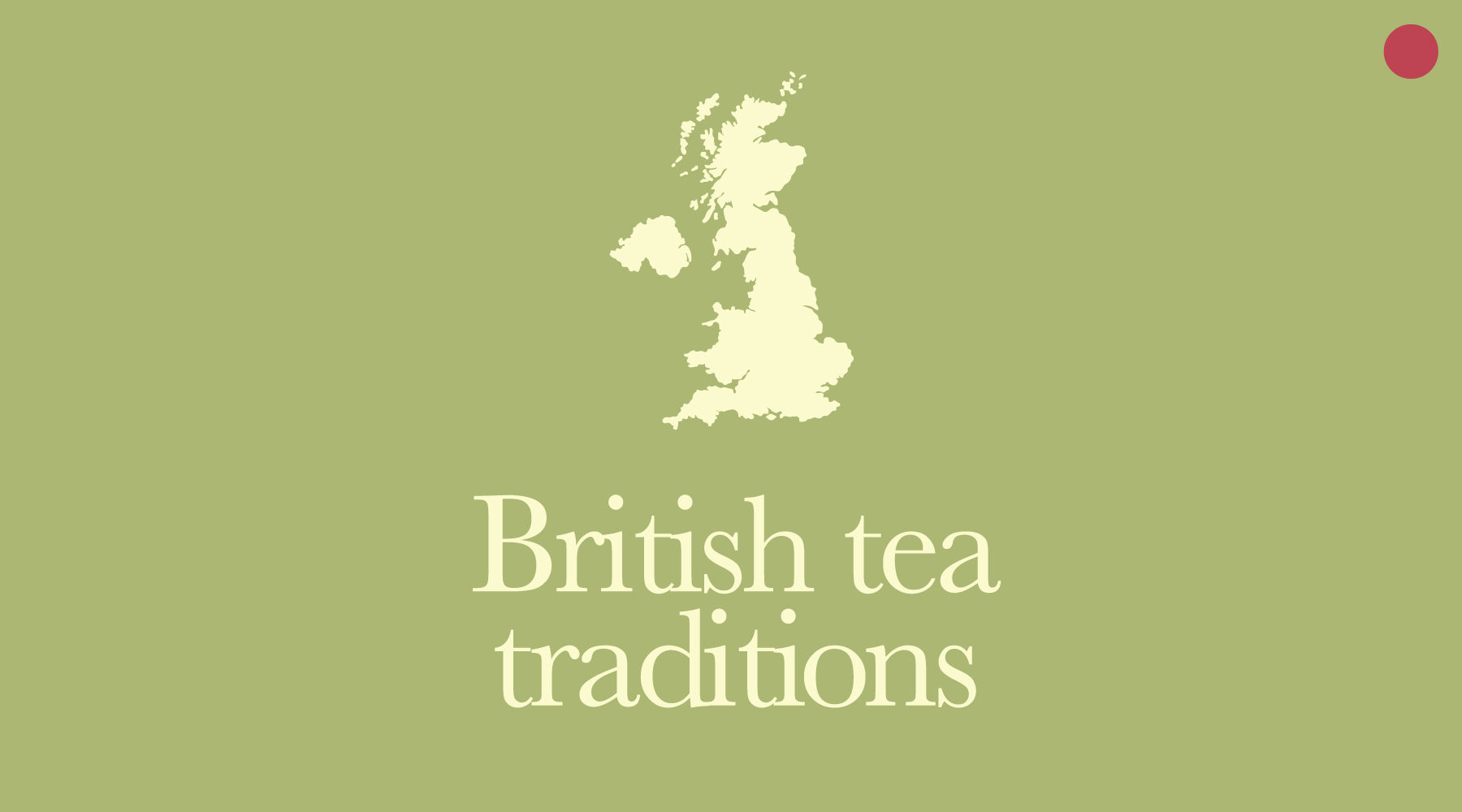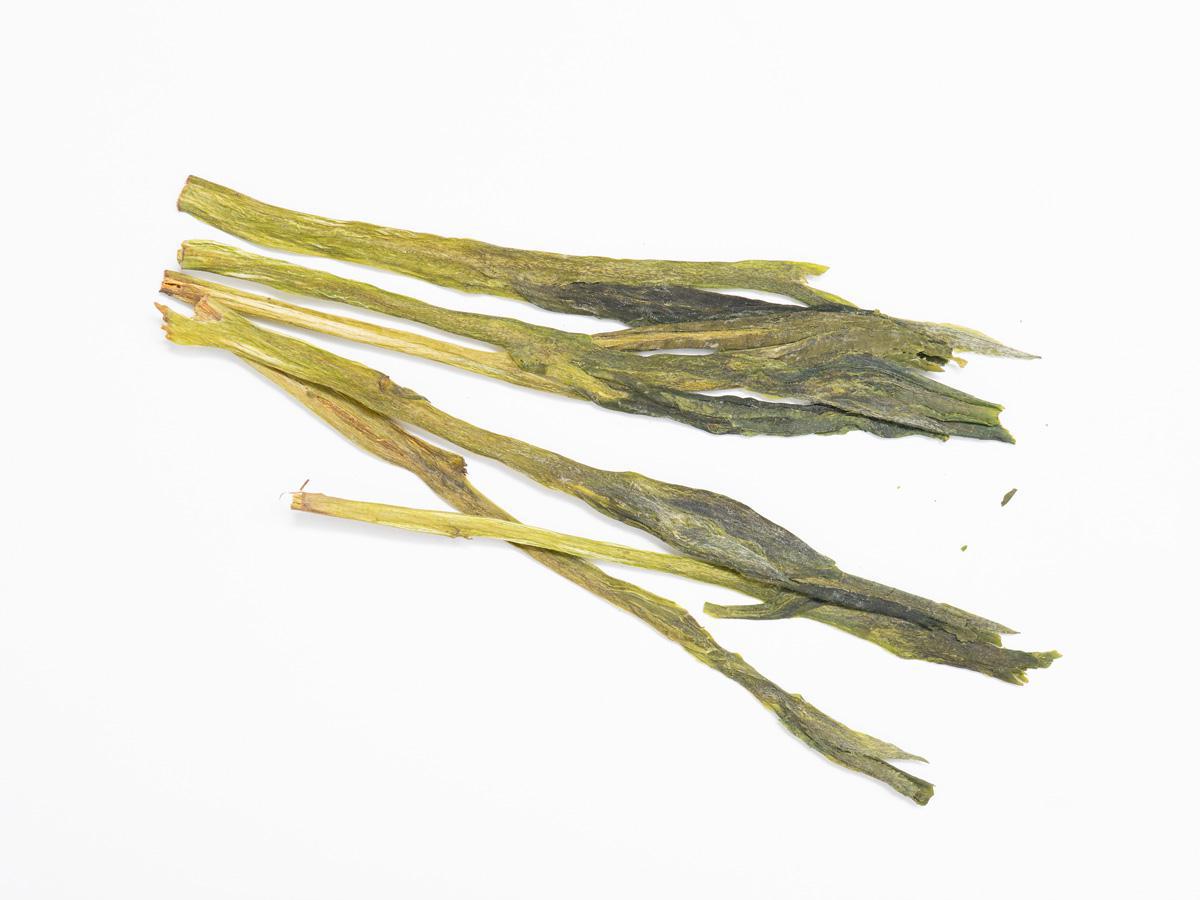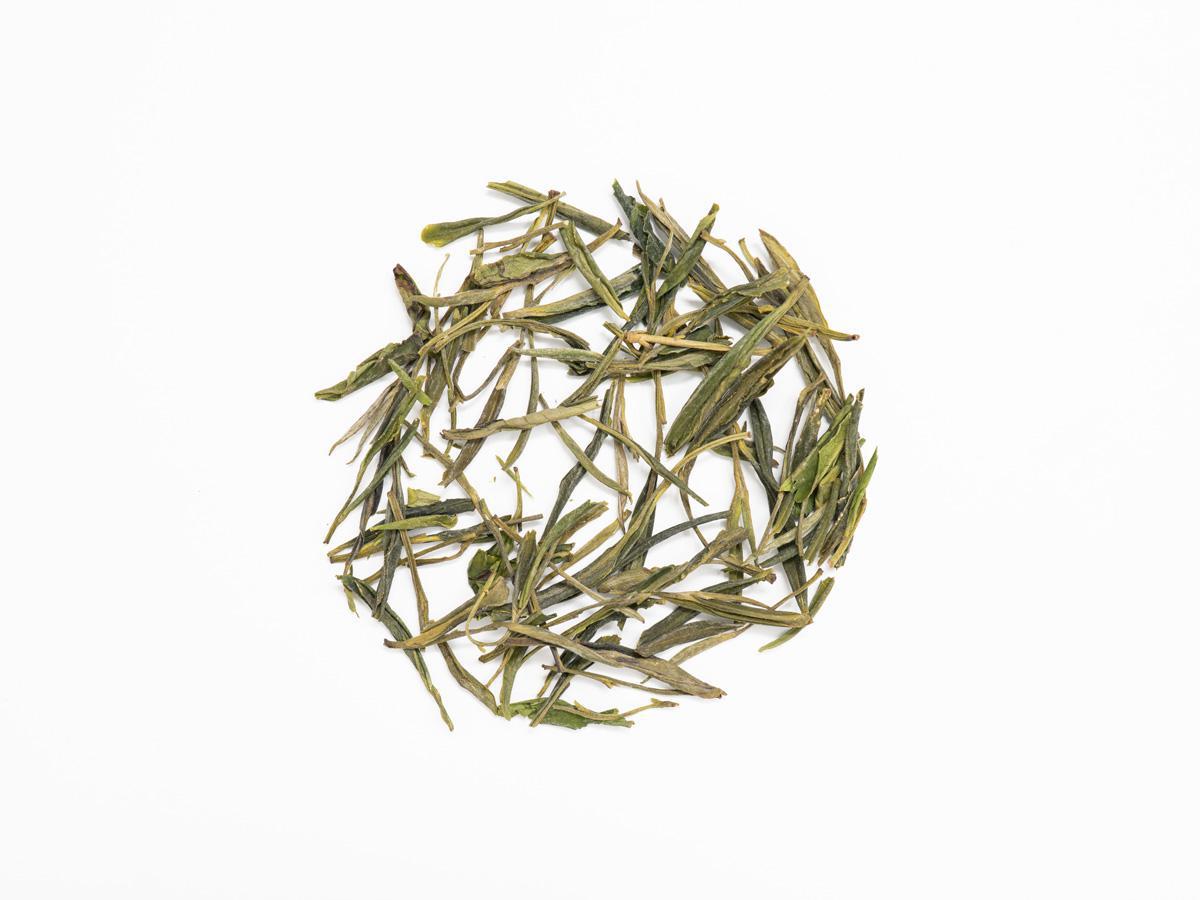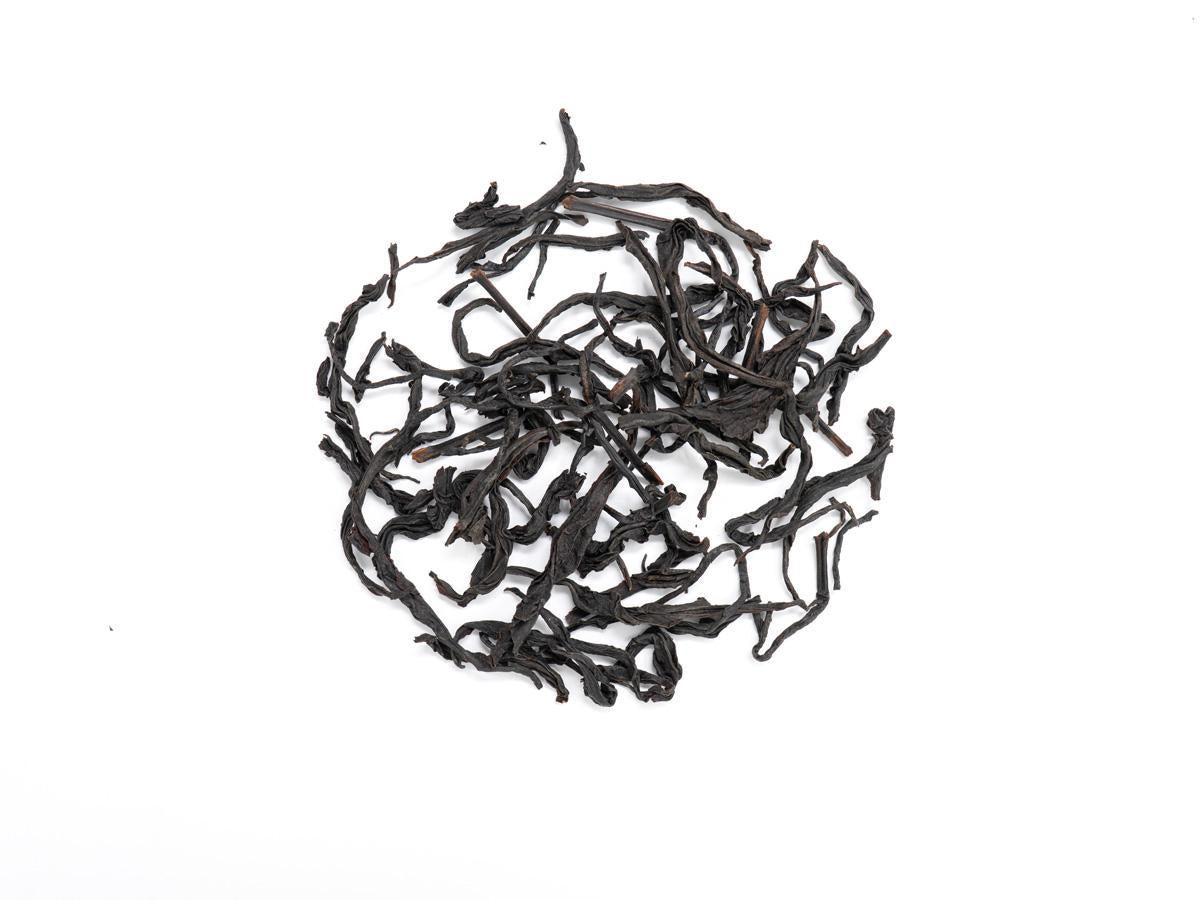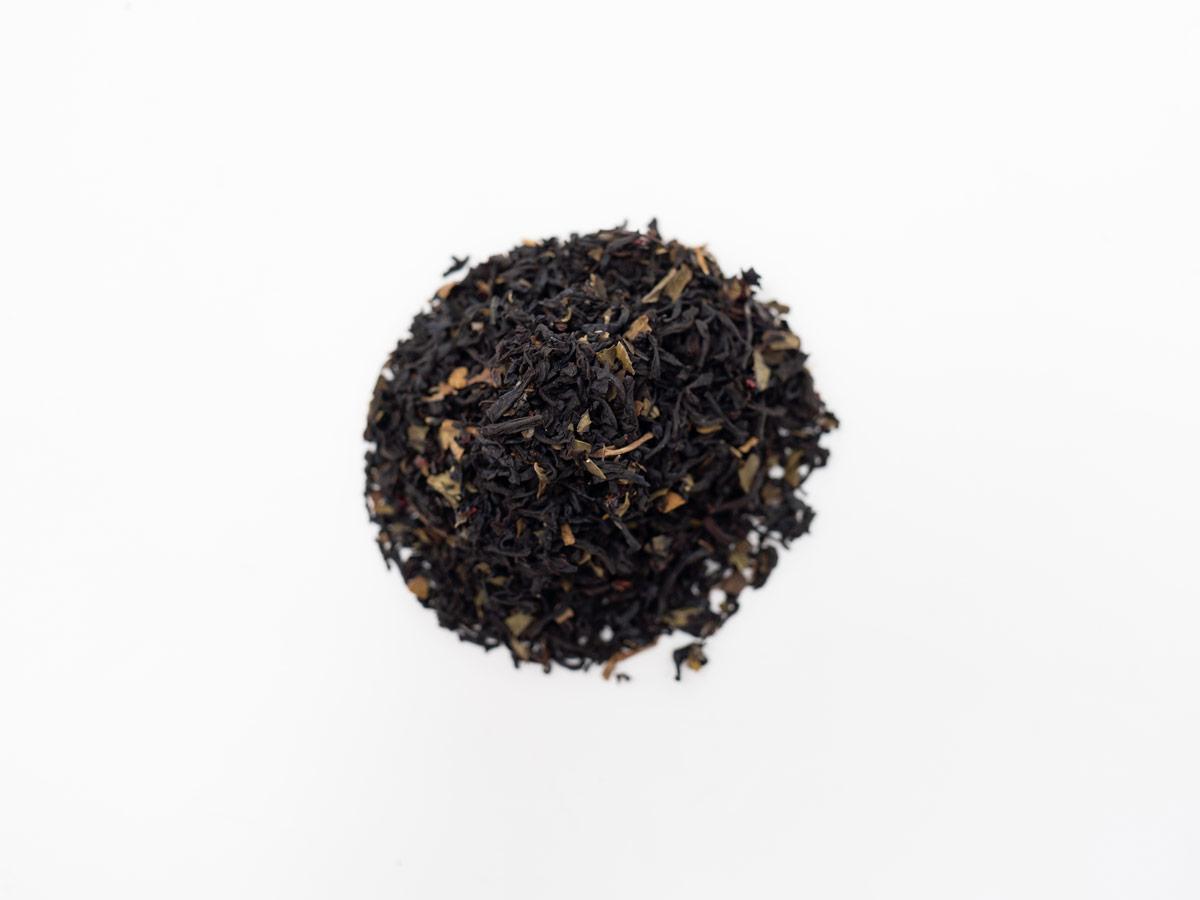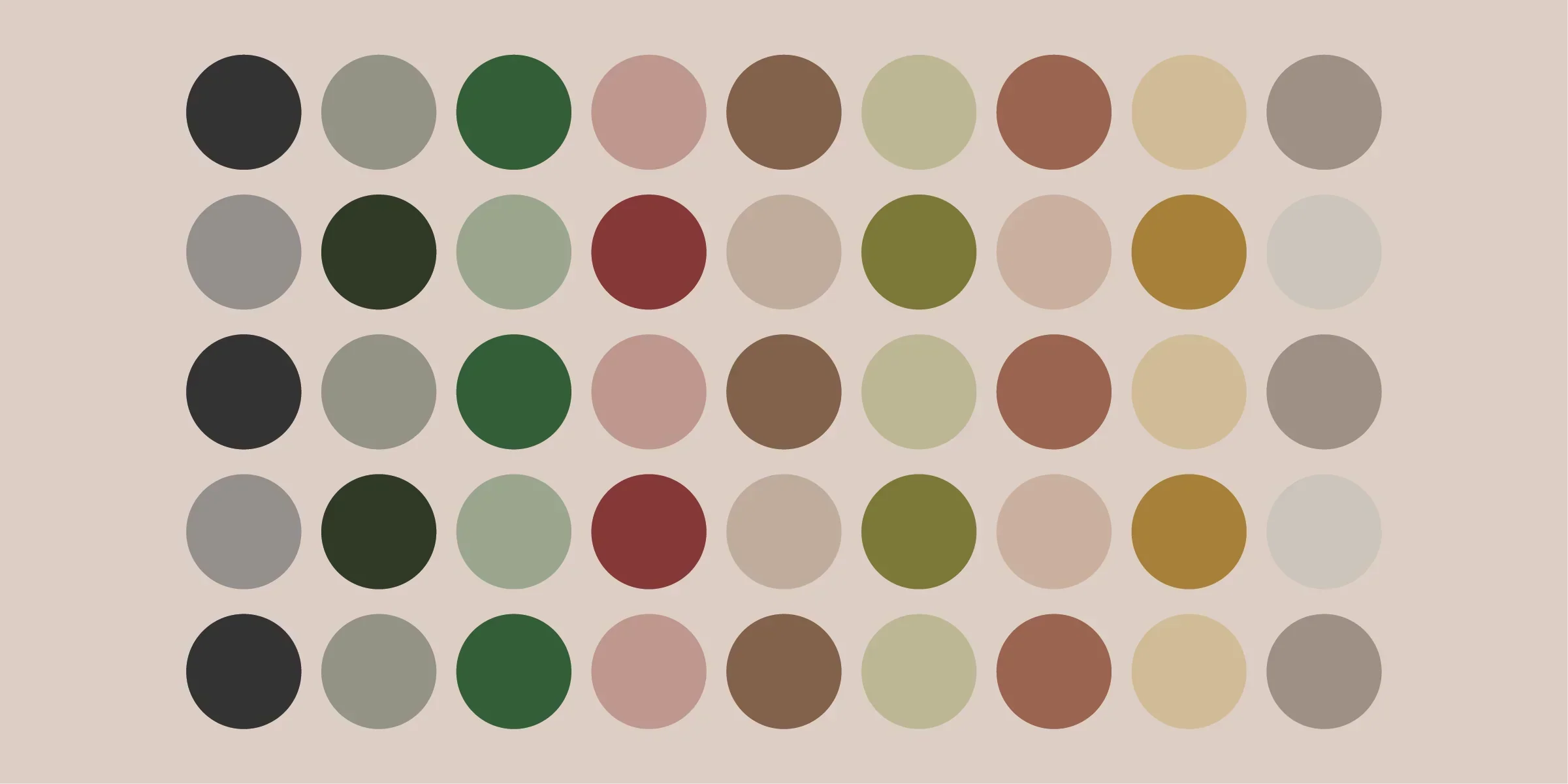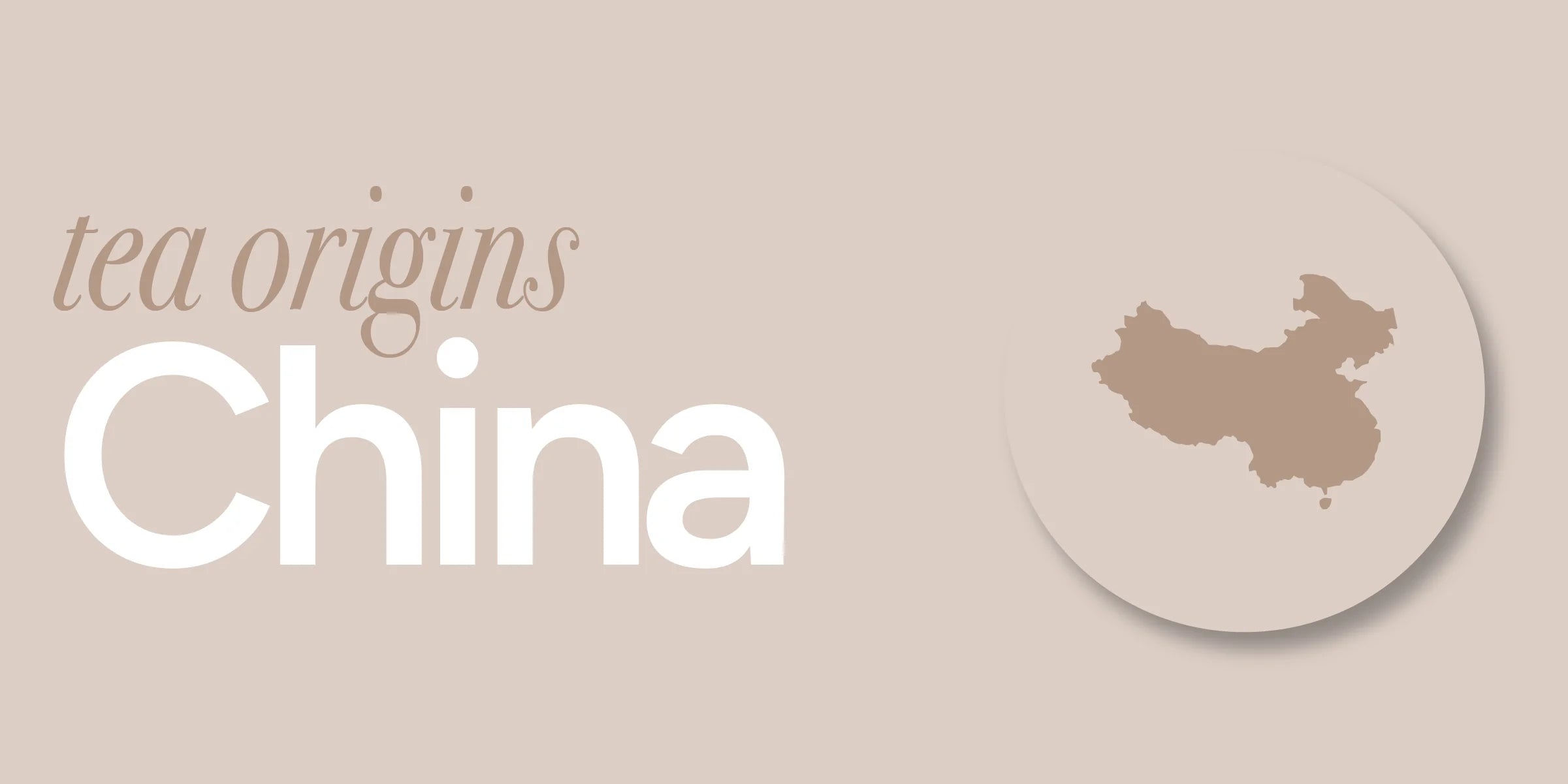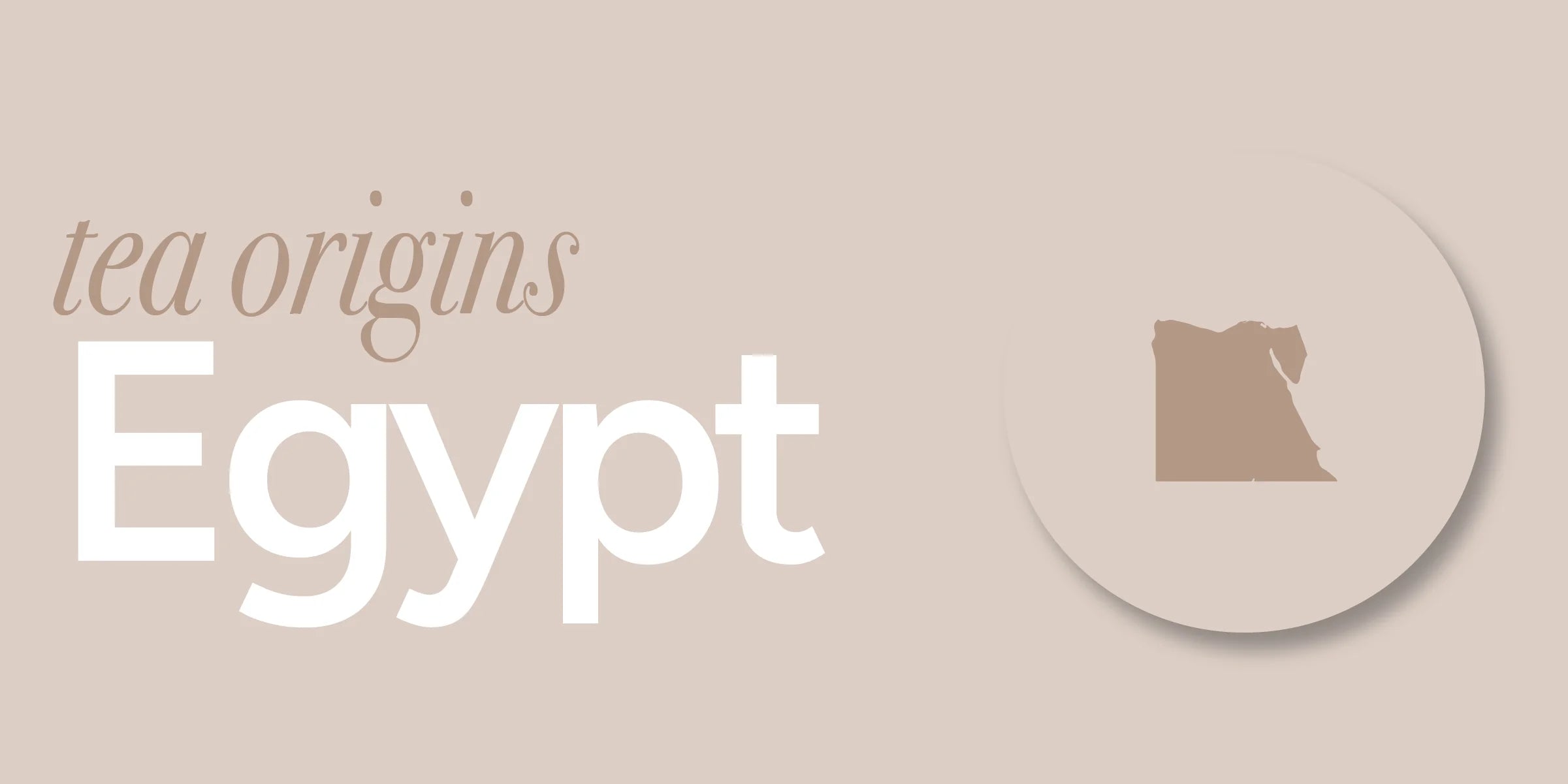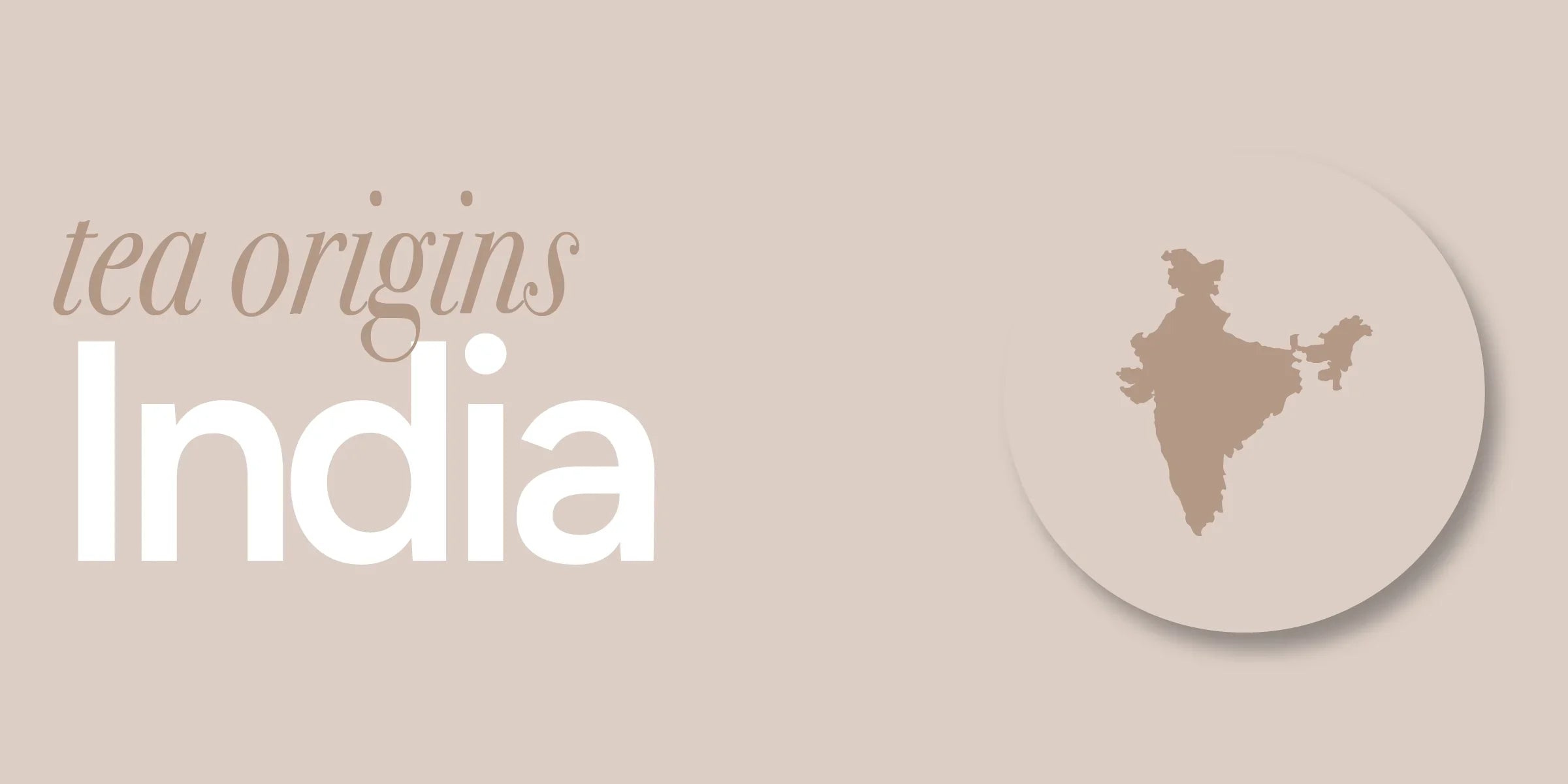One of the things that makes tea so unique compared to other agricultural commodities is its rich history. From its beginnings in ancient China to its modern enjoyment all around the world, tea has become a centerpiece for many cultural rituals - some of which we will explore today.
Chinese Rituals:
It seems fitting to begin by looking at tea rituals in China, seeing how it is the birthplace of tea itself. Tea is the key ingredient to any social gathering in China, whether it is a wedding, family gathering, or New Year celebration. The most popular out of all of these instances is a wedding tea ceremony, which dates back to the Tang Dynasty. For this tradition, the bride and groom will have the honor of serving tea to their families and it is seen as a way to celebrate the new couple and welcome the spouse to the family. Tea at these ceremonies is usually served alongside nuts, dates, and candies. Red decorations are often adorned to match the red dress of the bride, which is called a qipao. The tea pot and set will often match in color as well. If the ceremony is being held at a house, which is the traditional setting, furniture must be moved out of the way because during the ceremony, the bride and groom kneel on a cushion while serving tea to their loved ones. The wedding party will also help with the pouring of the tea. At non-wedding related tea ceremonies in China, it is common for the younger generations to serve the older ones as a sign of respect.
Indian Rituals:
Another country that values tea on a deep cultural level is India. In India, chai tea is the most widely drank beverage in the nation. India’s love for chai stems from their practice of Ayurveda, an ancient medical system with a holistic approach. It gained popularity based on its health benefits, but it helps that chai tea is also delicious! In India, chai is distributed through a vendor called a chai wallah, who mixes black tea with spices like cinnamon, ginger, anise, peppercorn, nutmeg, and cloves. Chai tea, and tea in general, is popular at casual gatherings and formal events alike in India. Similar to the Chinese wedding tea ceremony, there is a tradition in India where a new bride will make tea for her in-laws the morning after the wedding.
Moroccan Rituals:
The country of Morocco is well known for its signature Moroccan mint tea, which is a blend of gunpowder green tea and spearmint. This tea is often served with sugar and can be found at cafes or as part of the Moroccan tea ceremony. Similar to China and other countries with tea ceremonies, it is an honor to be the host at a Moroccan ceremony. The host will heat water and steep tea in a silver teapot called a berrad before adding the mint leaves and sugar to steep for an additional few minutes. To stir and aerate the tea after steeping, the liquid is poured back and forth between the kettle and glasses before being served. As the final pour is served, the host will pour from at least six inches above the cup as a symbol of respect. The people of Morocco are known for being very generous with their tea, and it is offered to guests and travelers abundantly.
Japanese Rituals:
In Japan, there is a word called “kodawari” which translates to “striving for perfection.” The idea of kodawari is used in all aspects of life in Japan, and tea is no exception. The Japanese believe drinking tea is an elegant act, and should be treated as such. They use the idea of kodawari to create teas, usually green teas, that are the perfect mixture of bitterness and sweetness and to set the scene for their tea ceremonies with the perfect tableware. The Japanese also value the idea of slow living when it comes to traditional practices, and formal tea ceremonies will often take around 4 hours to complete. These formal ceremonies also include a traditional multi-course meal called kaiseki ryori. Tea is drunk in casual settings as well, but the idea of kodawari is still practiced and every cup of tea in Japan is viewed as an art form.
Russian Rituals:
Russia has a unique tradition of brewing tea in a samovar, a large metal device used for heating water and making beverages. Historically, samovars have been found in households of all classes, but the more expensive ones are more decorative as well. The heart of this device is stuffed with things like coal, wood, and even pinecones to create a fire in a compartment referred to as the “jug.” The fire in the jug boils water in a special teapot called a “tereta” that sits on top. The hot liquid is then dispensed through a cone shaped tap called a “krantik.” In addition to some of the more elaborate samovars being works of art themselves, samovars can often be found in classic Russian paintings and literature. Both green and black tea is common in Russia, and Russians tend to go for a strong brew with smokey notes.
The more modern “high tea” or “afternoon tea” that many people think of when they hear the phrase “tea party” originates from the United Kingdom, which we have explored in a separate article. There have also been more modern inventions of ways to practice tea rituals on a personal level. One of the most famous of these is Marie Kondo’s daily tea ritual which she shared with Vogue Magazine in 2022. Another example of a modern tea ritual is the "eight minute digital detox." Whether it is performing a traditional ceremony, taking part in a trendy ritual, or just brewing your morning tea in the kitchen, we hope your tea brings you joy and warms your heart.


